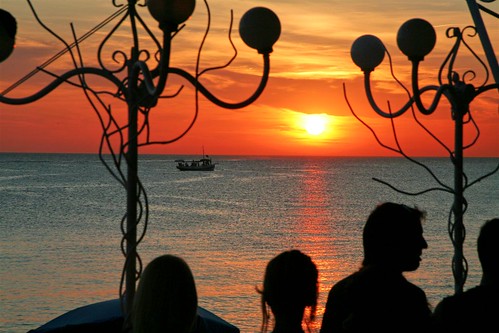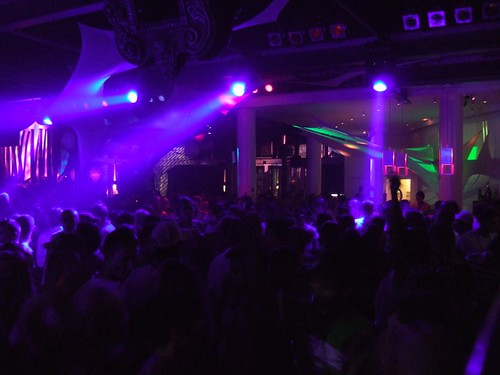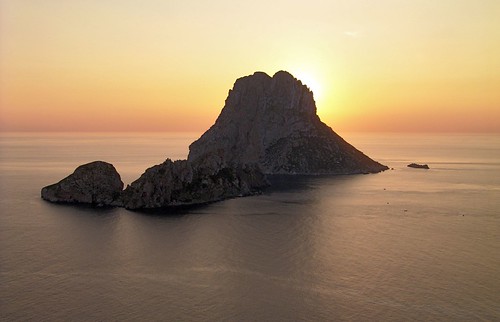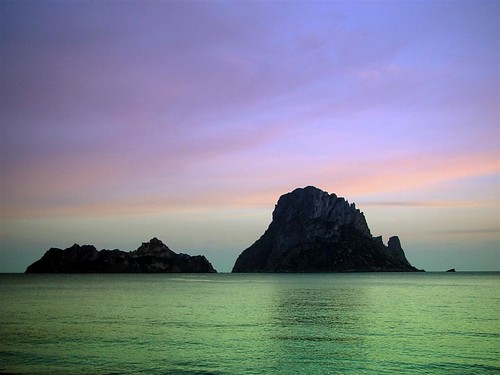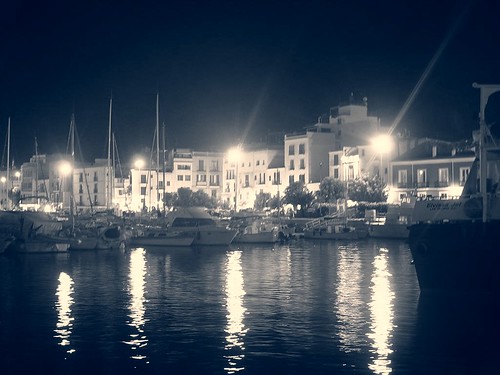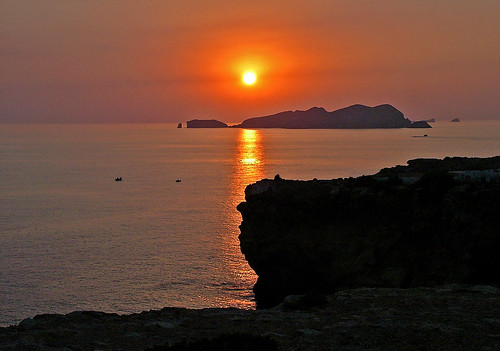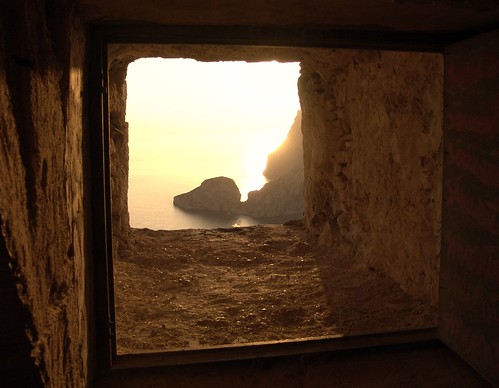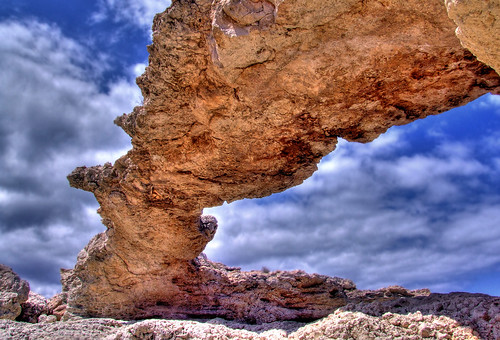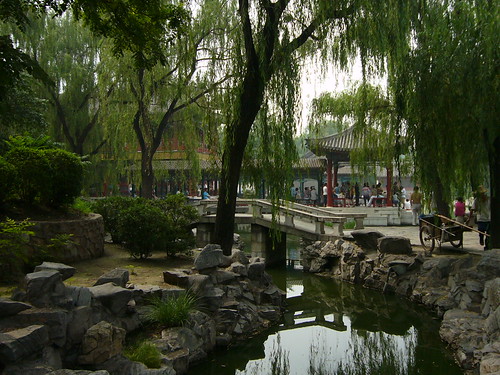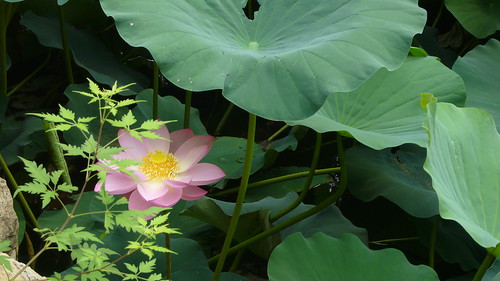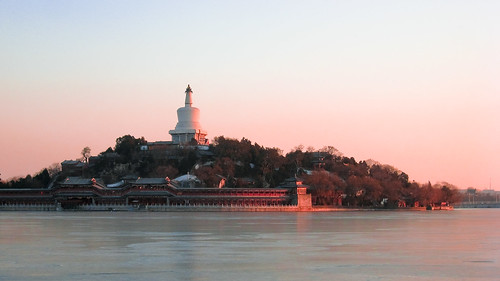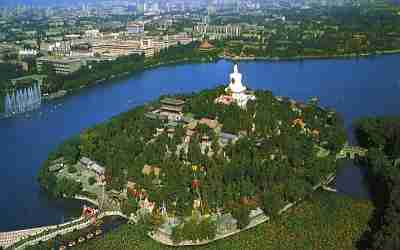3 Kings Parade - 5th January

After the excesses of Christmas & New Years Eve the childrens turn comes on the evening of the 3 Kings Day Fiesta on the 6th January with parades, fireworks and the distribution of presents and thousands of sweets to the children of Ibiza.
On the 5th the three kings (Melchor, Gasper and Baltasar) arrive in many of the towns and villages throughout Ibiza. Some arrive by boat, some on horseback, but they parade throught the streets throwing sweets out and then afterwards giving away presents.
Carnival - 1st March
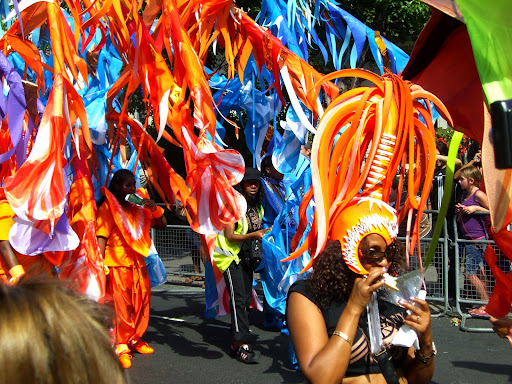
Ibiza folk love fiestas - and the more the merrier. In fact they seize upon every opportunity to break out the traditional costumes and display their folk dancing talents in a display of religious fervour.
Carnival, however, is a completely different ball game incorporating none of the above elements. It is simply an excuse for the population to celebrate the end of winter with pure enjoyment, flamboyance and fun.
Endless pageants of glittering costumes, brilliantly decorated carriages, loud music and laughing faces are the order of the day as both adults and children display the fruits of their labours over the previous weeks - building floats, sewing costumes and practicing dance routines.
The results of all this toil are then released onto the streets in a chaotic and diverse display that often reflects the preoccupations of the islanders. Satirical digs at political characters and events are to be expected - this year's favourite was the topical 'motorway' building project currently being opposed by the majority of the population. However, all of this takes place in an atmosphere of joy and infectious exuberance that extends to the spectators, who also dress up, celebrate and dance - everyone with everybody regardless of nationality, language, colour or creed.
Laughter knows no boundaries.
Santa Eulalia - 1st Sunday in May
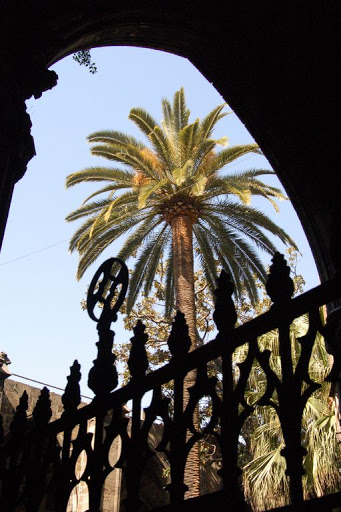
The first Sunday in May may seem a fairly loose date for a fiesta, in terms of dates and diaries, but this is perhaps a clue as to how far back into antiquity this fiesta dates. It is not only one of the oldest, but also one of the quaintest of the island celebrations. One of the highlights is the procession featuring beautifully preserved and with flowers decorated horse drawn carts. That's where the name Flower Festival comes from.
Nobody knows how old the tradition is, but it certainly pre-dates the town's current fortress church. Tradition has it that originally there was a small chapel atop the cliff to the north side of the bay of Santa Eulalia , which was perfectly adequate for the settlements smaller population of the day. However, one Sunday (very likely the first Sunday in May) almost immediately after the service and the departure of the worshippers, there was a loud rumble and the little church slid down the face of the cliff and into the sea. As nobody was hurt the incident was proclaimed a miracle by the hugely religious population and word of this miracle spread swiftly around the island. This prompted people from all over the island to travel to tiny Santa Eulalia each first Sunday in May to celebrate the miraculous salvation of the local worshippers and the holy place.
Bear in mind that the vast majority of the island's population travelled by horse and cart until only a few decades ago which largely accounts for the negative attitude of locals to travelling great distances, of more than a few miles, even today. Long-term residents soon seem to absorb this attitude too. Then consider that there weren't any roads to speak of - even today's roughest camino would look like a motorway to our ancient horse and cart.
But they made the effort to trek over to this fiesta on their carts and thus this Santa Eulalia celebration became the island's annual cart exhibition.
Cart processions can actually be more entertaining than one might expect. This year marks the tenth anniversary of the 'día del trueno' meaning the 'day of thunder'. It has long been a tradition to crown a fiesta with a spectacular firework display long after the sun has set - and they are indeed spectacular. However, as any proficient pyrotechnist will tell you, it is vital to test one firework from the installation long before unleashing the barrage that marks the end of the fiesta. Unfortunately on this occasion, probably due to a wiring fault (in the best of local tradition) the afternoon test firing unleashed the entire display as the horse and cart procession made its way down the main street. The noise somewhat alarmed the horses who took off in complete panic with carts and occupants in tow. Unfortunately the full effects of the firework display were invisible on such a sunny afternoon.
This misfortune was only to be bettered the following year when the town hall decided that distributing the traditional sweets from a low flying aircraft would be a novel idea. Once again fifty or more horses fled up the side streets of the village in terror.
To end on a more positive note - tradition has it that the submerged bell of the sunken church still tolls on dark and stormy nights to warn passing ships of the shallow waters near to the cliff. In recent memory this seems to have worked? Anyway, let's look forward to an eventful day out with the rest of the island - see you on the first Sunday of May.
San Juan - 24th June
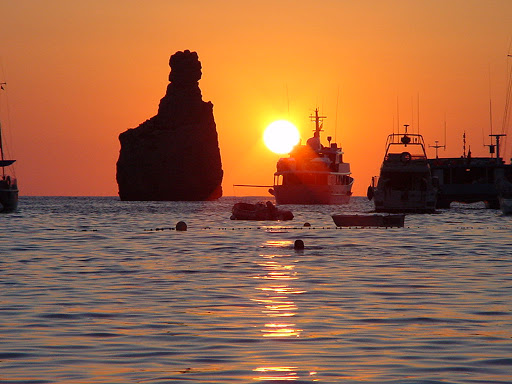
One of the most loved Fiestas - this falls on June 24th, coinciding almost exactly with the summer solstice - suggesting that this festival has been around some time.
Although a Catholic holiday, it falls into the category of 'existing pagan festival' renamed as Christian 'holy-day'. This one dates back to times when churches were caves and altars were trees. But when the sun reached its summer solstice zenith everybody felt good. The trees were full of fruit, the crops were in the fields, the sea was calm for fishing and the weather was warm. People were content - much as they still are nowadays in June, as the night club opening parties compete for attention.
The main feature of this Fiesta is still the huge nocturnal bonfires the locals light to express their gratitude for being alive, and these are spectacular even nowadays. In days gone by, when light at night was practically a non-occurence, it is easy to see how these came to assume wizardly proportions in island mentality. To some extent this could explain the very 'other worldly' vibe of the village of San Juan and those who choose to live there?
The symbolic significance of the fires is that of release and renewal. All present throw something old into the fire in order to make room for the new. Different items represent different mystical messages e.g. old shoes mean that the thrower wants to walk a new path of life? Despite all of the serious magical associations, this is still a fun Fiesta if you can find a parking spot or don't mind a long walk?
El Carmen - 16th July
The Virgin of Carmen is the patron saint and protector of fishermen and sailors - those who live on and from the sea. Little surprise then that her 'saints' day is celebrated vigorously throughout Ibiza and Formentera, where the sea is almost inevitably your distant horizon.
Most churches on the island contain a statue of 'Nuestra Se-ora de Carmen' as local worshippers have great faith in her benevolent aura, which is apparently most powerfully felt at the tiny hamlet of Es Cubells on the south coast.
However, this cult only arrived on Ibiza 150 years ago with a Carmelite friar exiled by the government of the day, who were none to keen on the clergy, or their influence over the population. The friar, Father Palau, was one of Barcelona's leading intellectuals and therefore a major dissident problem for the far-left progressive government. Ibiza seemed the perfect, inaccessible backwater for their problem.
(In fact Father Palau was only here for six years before he was absolved of any political wrongdoing and returned to Barcelona.)
Nonetheless he left an indelible mark on the island during his extended sabbatical. Clearly not seeking company he chose the tiny hamlet of Es Cubells to set up home, which at that time consisted of two houses and a few farmers' outbuildings.
In the absence of intellectual stimulation he retreated within himself and made nature his family. This passion regularly drew him to the uninhabited. mystical island of Es Vedra where he would meditate and fast for as long as a month at a time. Surrounded and inspired by nature and nothing else he chronicled his experiences and found sufficient inner peace to return to society and build a small hermitage overlooking the sea. This was dedicated to his beloved Virgin of Carmen and, despite the risk, he arranged for his old icon of the virgin to be smuggled out to the island for the altar of his shrine.
He then set about touring Ibiza and Formentera preaching her virtues in every house of God. His sermons generated such fervour that an icon of El Carmen appeared at almost every church on the Pitiusas.
However, hordes of worshippers still chose to brave the long, rocky road to Father Palau's little hermitage at Es Cubells to best worship the Virgin, or thank her for her benevolence. This they felt was where her power was strongest, in much the same way that many people feel about nearby Es Vedra.
Nowadays the current church of Es Cubells, with its magnificent view and undeniable ambience, stands on the spot originally occupied by Father Palau's original hermitage.
Formentera - 25th July

July 25th is the Fiesta de Santiago, a national holiday throughout Spain, which has its roots way back in highly religous legend. However, in Formentera it is known as the Fiesta Sant Jaume (St. James' day) and has its roots in much more recent history. Unusually these roots have no religious connotations and pay little homage to the 'saint behind the day'. This is how it came about:-
For many centuries, since Formentera was abandoned in the 14th century during the Black Death, pirates ruled the waves around the Pitiusan islands (Ibiza & Formentera) and made Formentera too risky a place to live. Even after the Ibicenco corsairs had more or less beaten off the pirates, they were still not entirely eradicated which meant that travelling to and from Formentera was not the pleasant afternoon out that we enjoy today - it was a life and death venture.
However, during the 18th century families slowly trickled back to stake their claims on the little island and by the middle of the century there were some 200 people living there. As it happens many of those brave souls came from the Santa Eulalia area of Ibiza where, for some reason, there was an inordinately high concentration of men called Jaume (James?). For this reason many of Formentera's new settlers were called Jaume - some had Jaume for a surname too.
Late July was a relatively quiet time in the agricultural calendar and is even today. The fruit has already been harvested and the wheat has still to ripen. In addition to this the summer sea is at its calmest and most inviting for a boat trip. There was only one thing for a self respecting, sensible Ibicenco to do given this fortuitous situation - jump in a boat and pay a visit to the friends and family in Formentera? The perfect day usually selected for this visit was, of course, San Jaume and before long the spontaneous visits coalesced into an official holiday.
What a good reason for a fiesta? the re-uniting of long lost loved ones..... (church optional)
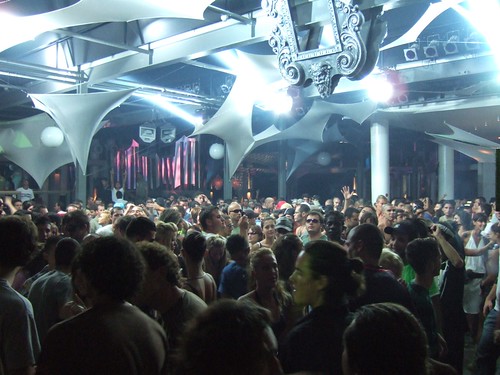


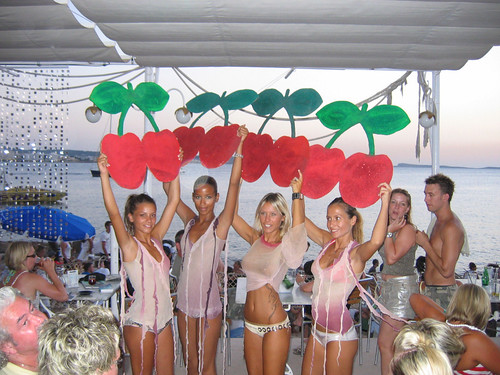
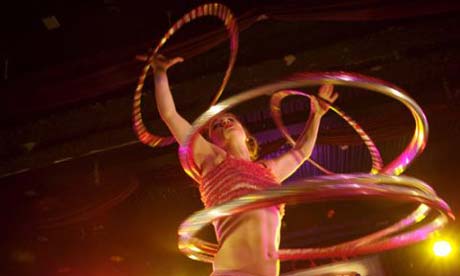

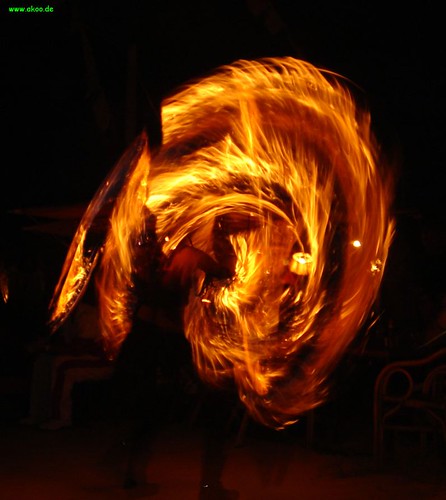









 10:52 AM
10:52 AM
 crkota
crkota









